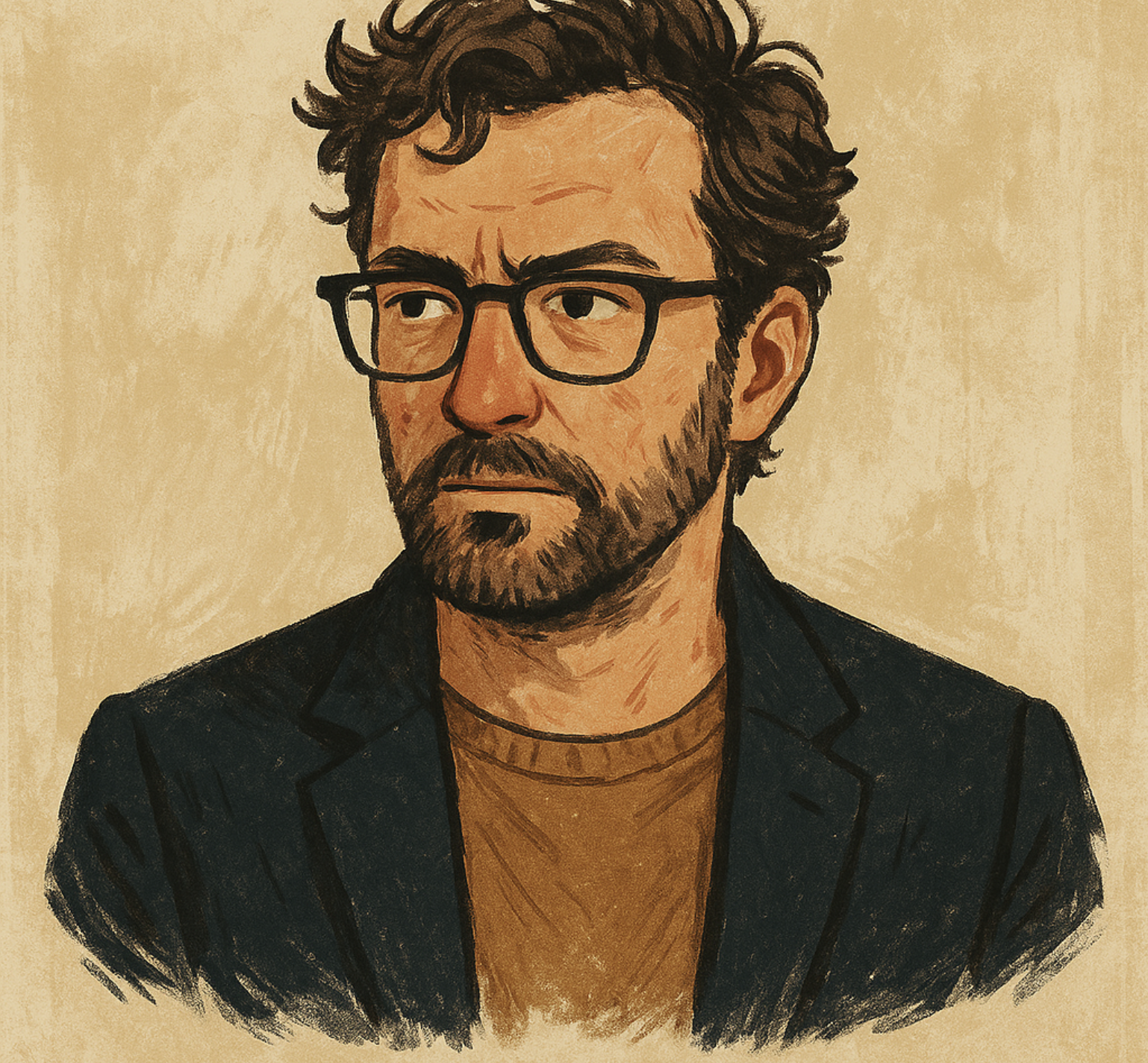Curated Worlds: When Books Became Spaces



As our catalog of nonfiction and fiction titles grew, so did our desire to do more than just publish. We started asking: what if the book wasn’t the end, but the beginning of the experience?
That question led to displays, objects, and even rooms—small, focused attempts to extend storytelling beyond the page using physical elements. It was never about tech for tech’s sake. It was about atmosphere, texture, and context.
Fiction as Exhibit
Inspired by our museology background, we approached our fiction like curators. With The Knight’s Spear, we created an in-store table installation with replica medieval objects, historical references, and annotated pages from our editing drafts. For Echo Over the Bridge, we framed imagery of rural England, photographs of real Cotswold bridges, and maps that inspired the village setting.
These weren’t elaborate exhibits—just enough to make someone pause and feel like they were stepping closer to the story’s world.
Micro-Environments
The idea grew from there. We began designing corner displays that functioned like miniature stage sets. A worn fireplace, an empty chair, old postcards, flickering light. Paired with excerpts and printed dialogue, these setups offered a physical anchor to the book’s emotion.
One reader described it best: “It felt like the story had a shadow in real life.”
Why We Did It
Because books—especially the kind we publish—deserve framing. Museums do this with objects. We’re doing it with stories. The written word remains central, but everything else—images, textures, space—helps open it up.
We didn’t plan to become installation artists. But we did plan to treat our stories with reverence. That sometimes means giving them walls, tables, and light.
Looking Ahead
These experiments made us think seriously about formats. About scarcity. About editions. About how readers relate to books as objects, not just content.
It’s from this place—not trend-chasing—that we’ve begun thinking about digital forms of ownership and collectible editions.
But before we go digital, we’re grounding everything in the physical. Because if a book can hold space, it can hold value.
Stay with us.